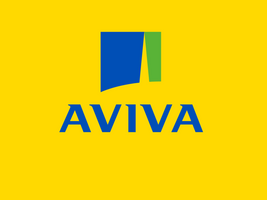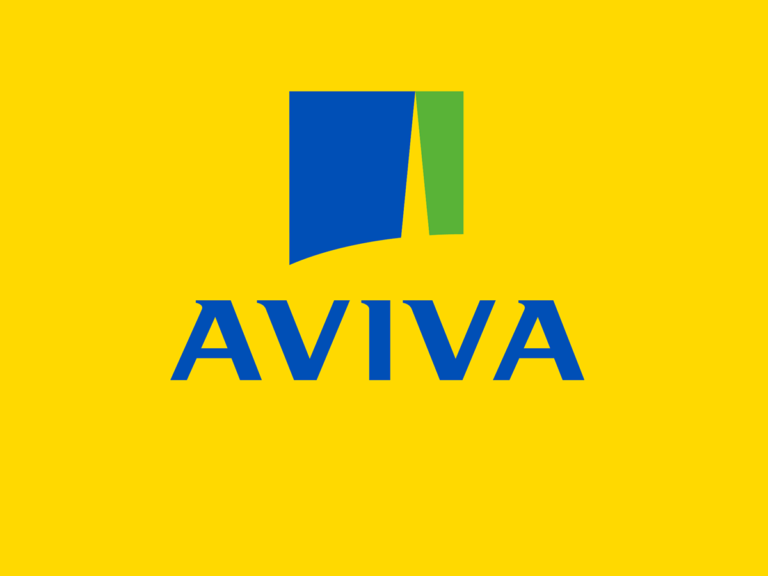Title Page
-
Conducted on
-
Prepared by
-
Location
-
To view our Loss Prevention Standard that supports this checklist, please view the following link: https://connect.avivab2b.co.uk/documents/view/aviva_manual_fire_fighting_water_supplies_lps.pdf
Fire Fighting Water Supplies Checklist
-
1. Based on the occupancy of the site is the hazard classification established?<br><br>• Light or ordinary hazard?<br>• Extra/high hazard?<br>• Storage/warehousing hazard?
-
2. Is the construction of the buildings known?<br><br>Is this predominantly non-combustible?
-
3. Are there any variables that will have an impact on the manual fire fighting activities on site?<br><br>• Possible delays from the public brigade or on site manual fire fighting team response?<br>• Predominantly combustible construction:<br>o Timber frame?<br>o Combustible-core insulated metal sandwich panels?<br>o Modern methods of construction?<br><br>• Large open plan building with no or little compartmentation?<br>• Large property values or business impact?<br>• Is the property sprinkler protected?<br>• Could there be limited or restricted access to the seat of a fire?<br>o Large buildings or travel distances?<br>o Remote locations?
-
The water available for manual fire fighting requirements may need to be adjusted.
-
4. Do you know where the fire hydrants are in relation to the buildings or site?<br><br>• Are these public only?<br>• Are there any private fire hydrants?
-
5. Do the fire hydrants cover all sides/areas of the buildings and site? <br><br>Are the fire hydrants spaced every 75m to 90m apart?
-
6. Has the water supply to the hydrants protecting the site been tested?
-
7. Does this water supply meet the following demand criteria (select as appropriate for the risk):<br><br>• Light and ordinary hazard occupancies 1900 I/min?<br>• Extra/high hazard occupancies 28001/min to 3800 l/min?<br>• High bay storage/warehousing at least 4500 I/min?
-
8. Does this water supply meet the following duration criteria:<br><br>• 2-hours for light and ordinary hazard occupancies?<br>• 3-hours for extra/high hazard occupancies?<br>• 4-hours for high bay storage/high hazard commodity warehousing occupancies?
-
9. Is the water supply test data formally recorded and trended?
-
10. Are repeat tests planned in the future? <br><br>What is the planned return frequency?
-
11. Are there any other water courses or open bodies of water available in the area that can be used for manual fire fighting means, e.g. reservoirs, ponds, lakes, canals, rivers and the sea?<br>Is this:<br><br>• Availability formally quantified and recorded?<br>• Available all times of the day or is it tidal?<br>• Available all year round or do seasonal changes impact water availability, e.g. winter freezing, summer reduction levels, etc.?
-
12. Are there any stored water volumes in tanks available for manual fire fighting, either above or below ground?<br><br>Is this:<br>• Availability formally quantified and recorded?<br>• Available all times of the day or do levels fluctuate?<br>• Available all year round or do seasonal changes impact water availability, e.g. winter freezing, summer reduction levels, etc.?
-
13. Are the manual fire water and fire fighting plans discussed regularly with the public fire authorities?<br><br>Is the public fire brigade invited to attend the site at least annually?
-
14. Does the site have a formal Emergency Response Plan?<br><br>Is someone identified to liaise with the public fire authorities and the local water utility company?
-
15. Have there been any changes or are there any proposed changes that can impact the assessments made of the risk and the amount of fire water needed for manual fire fighting purposes, e.g. change of occupancy/new hazards; increased fire load; new or temporary construction with combustible elements?
Completion
-
Additional Comments
-
Completed by
-
Please Note:
This document contains general information and guidance only and may be superseded and/or subject to amendment without further notice. Aviva has no liability to any third parties arising out of ARMS' communications whatsoever (including Loss Prevention Standards), and nor shall any third party rely on them. Other than liability which cannot be excluded by law, Aviva shall not be liable to any person for any indirect, special, consequential or other losses or damages of whatsoever kind arising out of access to, or use of, or reliance on anything contained in ARMS' communications. The document may not cover every risk, exposure or hazard that may arise and Aviva recommend that you obtain specific advice relevant to the circumstances.















